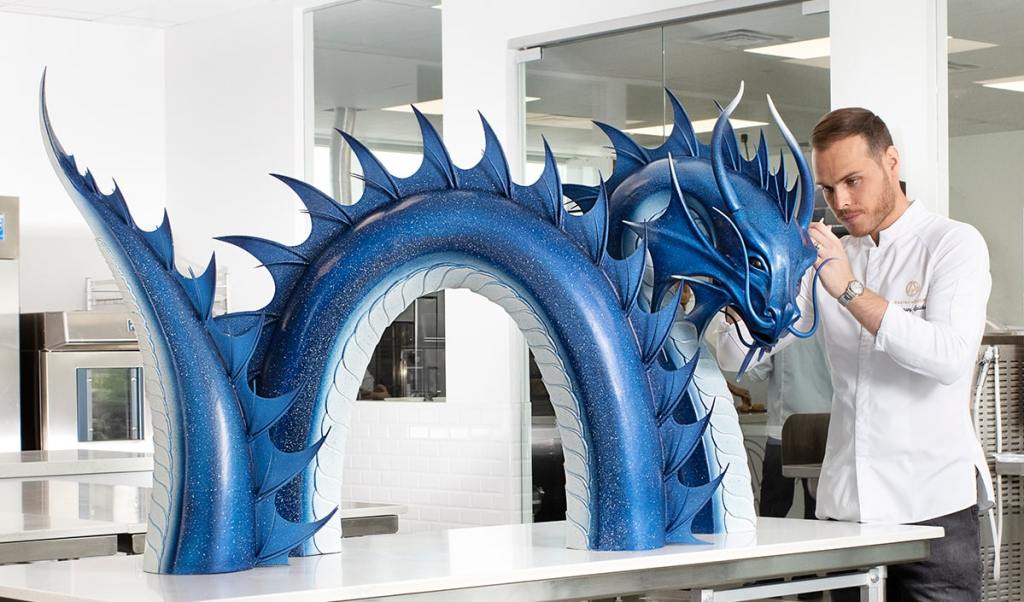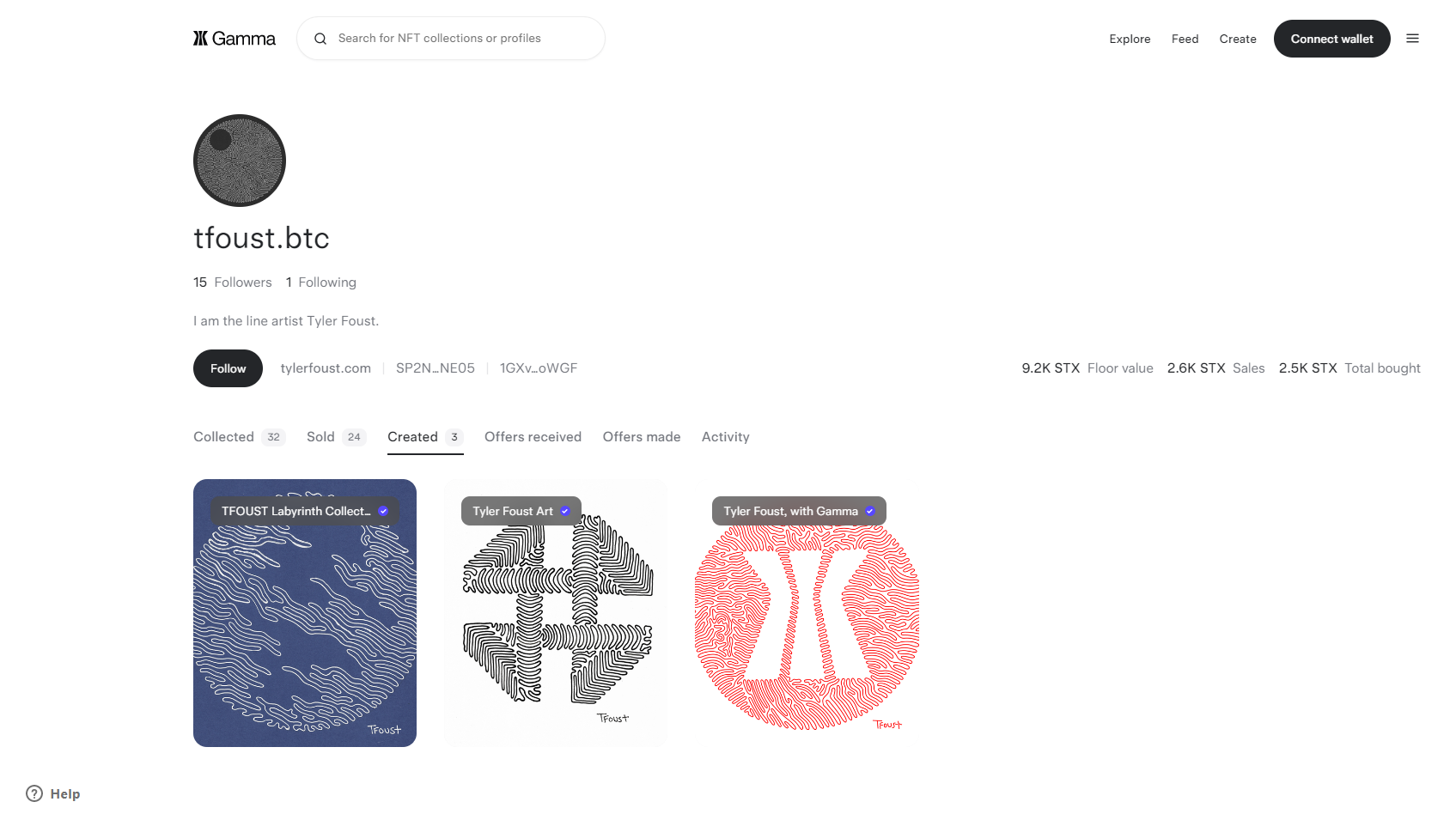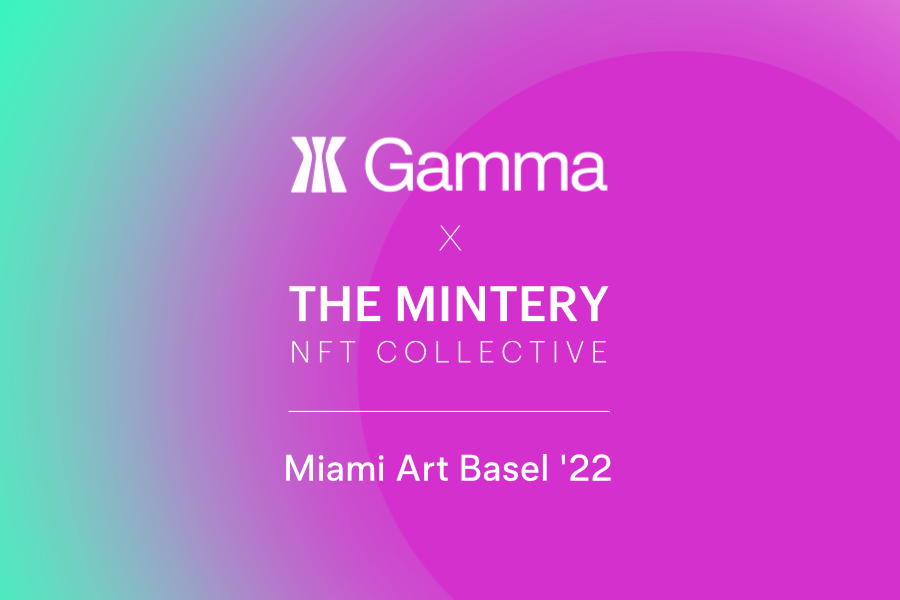Big red bows. Intricate designs in ornate, velvet boxes. Praline, coffee, dark and white, fudgey and crunchy, sweet and sour. You’ve guessed it, it’s Valentine’s day and the whole world is celebrating with a sweet tooth for one thing: chocolate.
How do you eat chocolate? I like to nibble and make fun shapes out of a square. I’m not much of a sculptor though, so the fun shape always ends up looking like an asymmetrical coin. That’s when I remember those real chocolate coins. You know, the waxy, embossed ones covered in golden foil?
Or maybe I could nibble some into the shape of a heart. Here I am with my one-track mind, wondering about chocolate art and sculptures and mermaids and the 584 lb chocolate Titanic from Rausch Schokoladenhaus in Berlin, Germany. It’s not just a boat, it’s one of the world’s most well-known love stories — molded and carefully carved into chocolate.
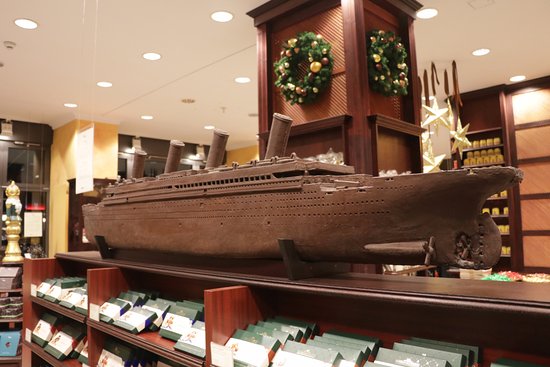
So now, I need to know…
What’s the story behind chocolate carvings?
During Antiquity, the Persians offered eggs in Spring to bring joy and fertility. Soon enough, the eggs were decorated and sometimes hid surprises. In the 19th Century, those eggs became made out of chocolate. How did chocolate enter the picture?
The Aztecs were the first to eat (or rather drink) chocolate. Christopher Columbus had tasted it and supposedly didn’t like it (strange, strange man), but Hernan Cortes did when he tried it in 1519. That’s when the Spanish developed a taste for cacao. A few decades later around 1600, chocolate made its way to Europe.
From the 18th – 19th Century, chocolate was mostly depicted in still lives and represented lust, because it was thought to be an aphrodisiac. When Dutch pharmacologist Coenraad Johannes van Houten found a way to extract the butter from the cacao beans in 1828, he obtained a chocolate powder that was drier than traditional ones. This extraction process meant not only that it tasted better and was easier to prepare, but also that chocolate could be molded into various shapes. When dry and fat elements can be separated, they can be reassembled with increased cacao butter, creating a more malleable chocolate texture. With these new possibilities, many chocolatiers emerged.
Suddenly, chocolate was at the centre of marketing campaigns, photography, and installation works such as Marcel Duchamp’s “Green Box”. Extravagant posters in the 20s and 30s found chocolate centered as the subject, and avant-garde poets found inspiration in the relation between chocolate and childhood. At the beginning of the 60s, chocolate made its grand entry into the contemporary art scene, both as something to depict and as a material to use. Most artists who worked with chocolate were part of movements such as Fluxus, New Realism and Pop Art, which all advocate a greater proximity between art and daily life.
In 1964, Swiss artist Dieter Roth became one of the most prolific chocolate artists in history. He used it in his paintings, carvings, sculptures, and installations. Not only did he enjoy the smell of chocolate, but he also found it easy to shape. Most of all, he loved its ability to illustrate the passing of time, with its appearance changing over the years.
Roth used chocolate’s ability to change over time to question the categories of single and multiple artworks, introducing an element of chance into his compositions. He made some thirty busts based on the first one (Portrait of the Artist as Vogelfutterbuste from 1968), all of which now look somewhat different depending on how they have been preserved or the type of insects that have visited them. These transformations make them autonomous objects, freed from the artist’s hold, where nature plays the role of artist.
Today, the Italians enjoy a square of chocolate with their Ristretto, the Spanish and Portuguese don’t each much of it, and the Belgians and the Swiss are the top chocolatiers. But there’s one thing that the French excel at: sculpting it.
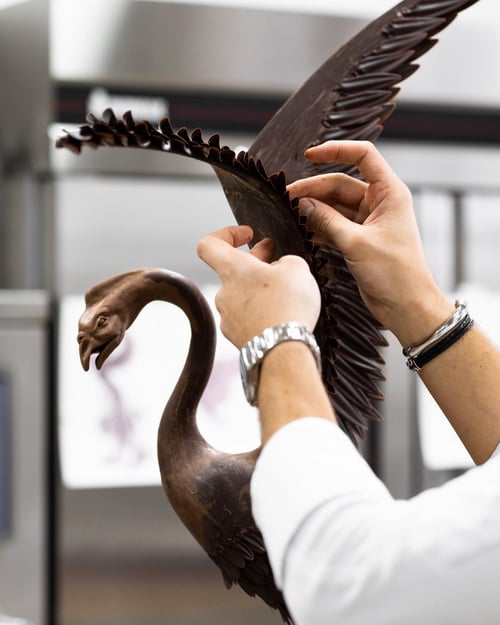 Amaury Guichon's Phenix
Amaury Guichon's Phenix
Chocolate-lover pastry chefs express their creativity through cacao in all its forms. They use tools such as gouges, pocket knives, saws, drills and their fingertips, producing edible sculptures — true pieces of art. Melted, mixed, shaped, cooled, shaped again, carved, colored, exhibited, and melted again. Massive blocks of chocolate are transformed into ephemeral stories.
Now, if there’s one thing to remember this Valentine’s day, it’s this: don’t forget the chocolates.
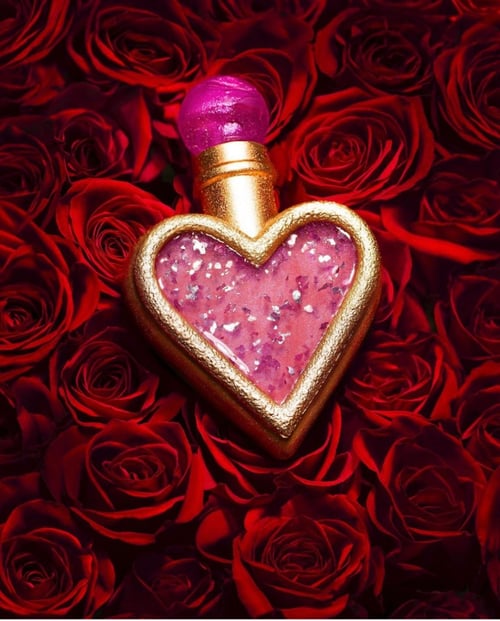
Cover photo Amaury Guichon
